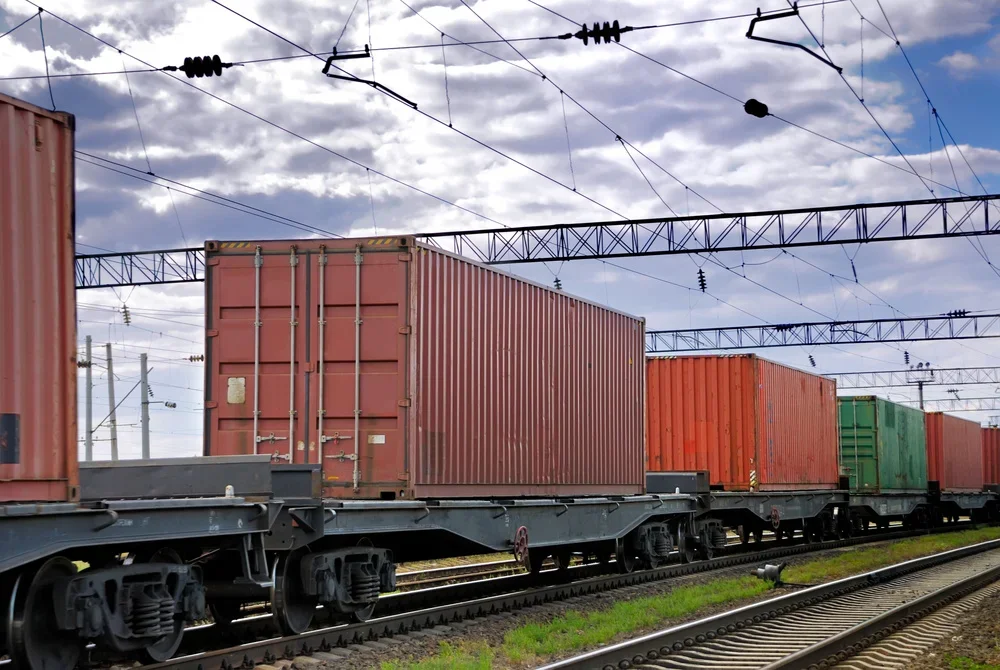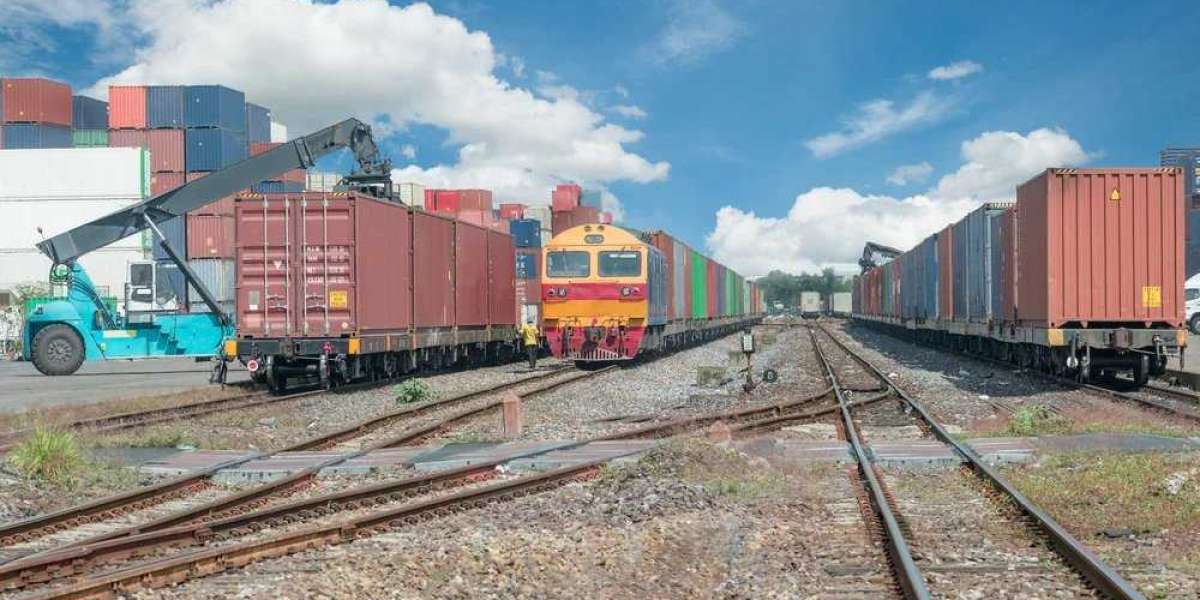Railway transportation plays a crucial role in facilitating cross-border trade between countries. In the case of China and Russia, the railway network serves as a vital link for the transportation of large equipment. BENMA LOGISTICS will explores the features and advantages of railway transportation for moving oversized machinery and highlights the efforts made by both countries to enhance connectivity and efficiency in this sector.
Features of China-Russia railway transportation of large equipment
1. Extensive Railway Network:
China and Russia boast extensive railway networks, covering vast territories and connecting major industrial centers. The Trans-Siberian Railway in Russia and the China Railway Express, also known as the Belt and Road Initiative, provide efficient and reliable transportation routes for large equipment. These networks offer a cost-effective alternative to air or sea transportation, especially for heavy and oversized machinery.
2. Specialized Railcars and Containers:
To accommodate the transportation of large equipment, specialized railcars and containers have been developed. Flatcars with reinforced platforms and adjustable fixtures are designed to securely hold heavy machinery during transit. Additionally, open-top containers with removable roofs are used for transporting oversized equipment that exceeds the height of standard containers. These specialized railcars and containers ensure the safe and efficient transportation of large equipment between China and Russia.
3. Infrastructure Development:
Both China and Russia have invested significantly in developing railway infrastructure to support the transportation of large equipment. This includes the construction of dedicated terminals, loading and unloading facilities, and the improvement of railway tracks. The modernization of infrastructure not only enhances the efficiency of transportation but also reduces transit times and costs.

4. Customs and Border Procedures:
Efficient customs and border procedures are essential for smooth cross-border transportation. China and Russia have implemented streamlined customs clearance processes, reducing bureaucratic hurdles and minimizing delays. The introduction of electronic data interchange systems and the harmonization of customs regulations have further expedited the movement of large equipment between the two countries.
5. Collaboration and Cooperation:
China and Russia have recognized the importance of collaboration and cooperation in promoting railway transportation of large equipment. Joint working groups and committees have been established to address logistical challenges, exchange best practices, and facilitate information sharing. Regular meetings and consultations between railway authorities from both countries have resulted in improved coordination and enhanced efficiency in cross-border transportation.
6. Safety and Security Measures:
Transporting large equipment requires strict adherence to safety and security measures. Both China and Russia have implemented comprehensive safety protocols, including the use of advanced tracking systems, secure packaging, and specialized handling equipment. Regular inspections and maintenance of railway infrastructure ensure the safe passage of oversized machinery, minimizing the risk of accidents or damage.
7. Environmental Considerations:
Railway transportation is considered a more environmentally friendly option compared to other modes of transport. China and Russia have taken steps to reduce the carbon footprint of cross-border transportation by promoting the use of electric locomotives and implementing energy-efficient practices. By choosing rail transportation for large equipment, both countries contribute to sustainable development and minimize the impact on the environment.
Conclusion:
The features of railway transportation of large equipment between China and Russia offer numerous advantages for cross-border trade. The extensive railway networks, specialized railcars and containers, infrastructure development, streamlined customs procedures, collaboration and cooperation, safety and security measures, and environmental considerations collectively contribute to enhanced connectivity and efficiency in this sector. As both countries continue to invest in railway infrastructure and strengthen bilateral cooperation, the railway transportation of large equipment is set to play an increasingly significant role in promoting trade and economic growth between China and Russia.








